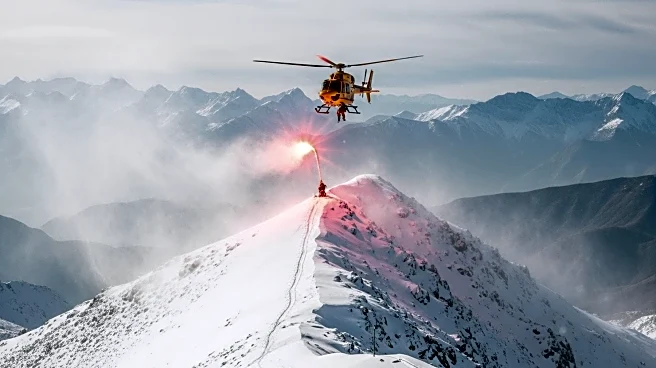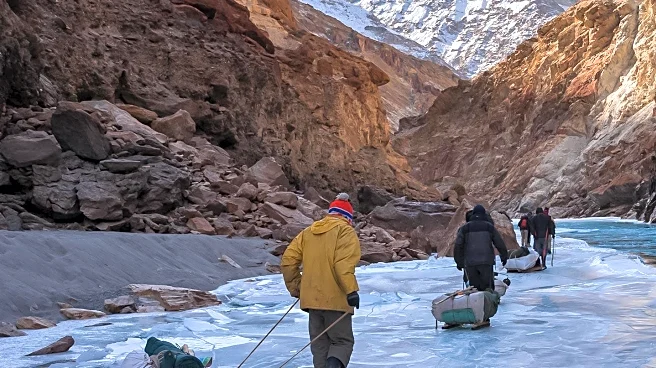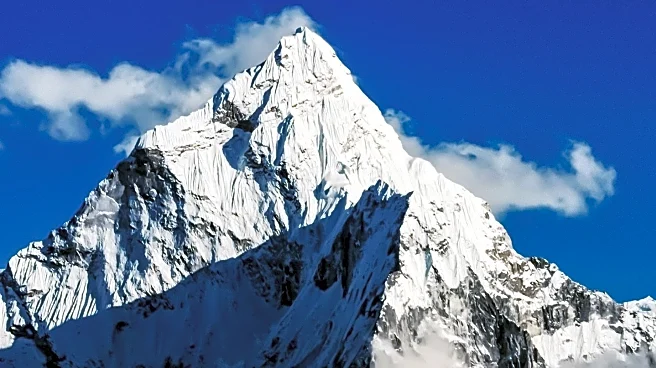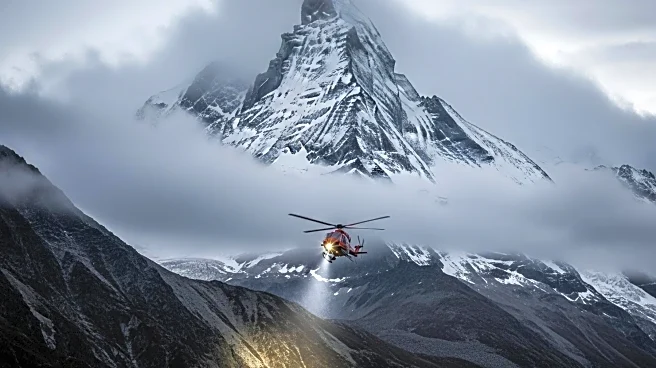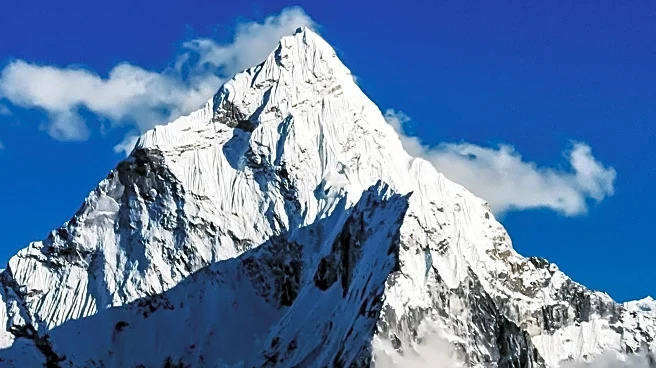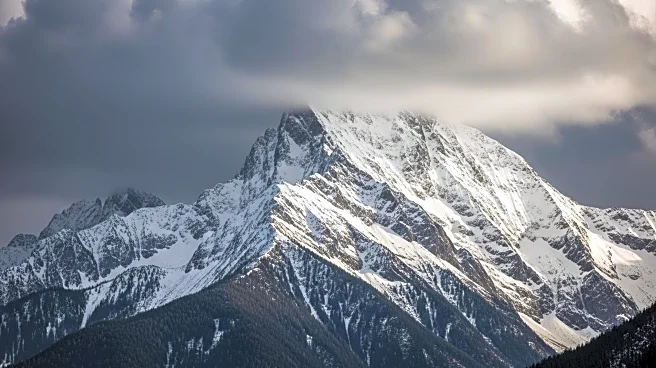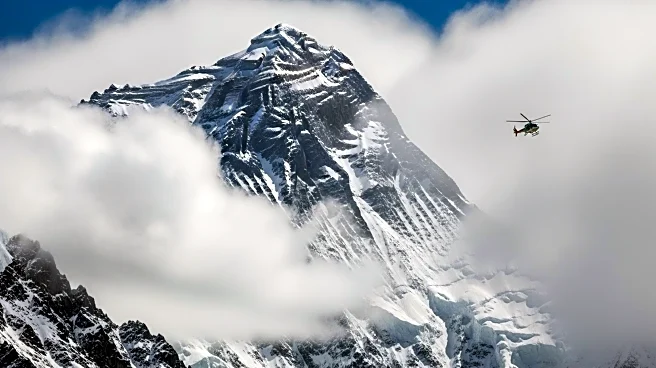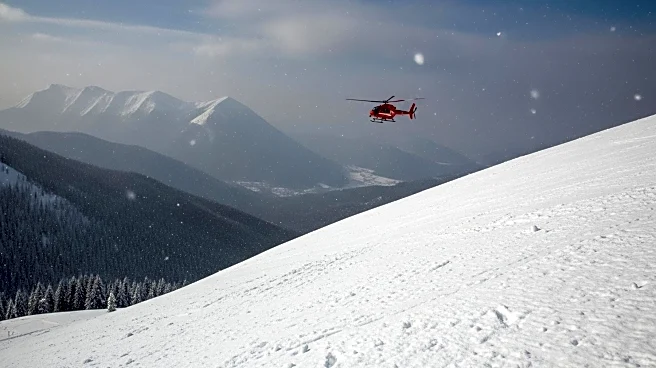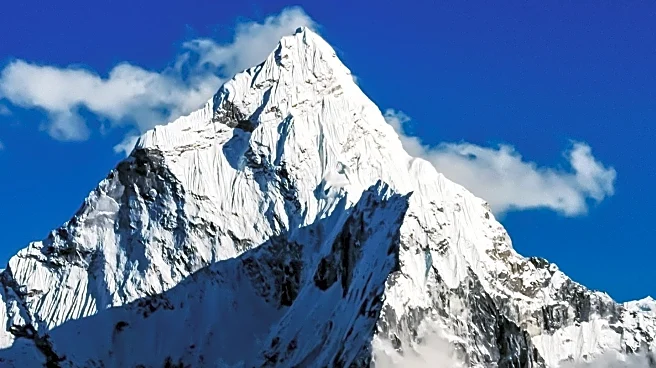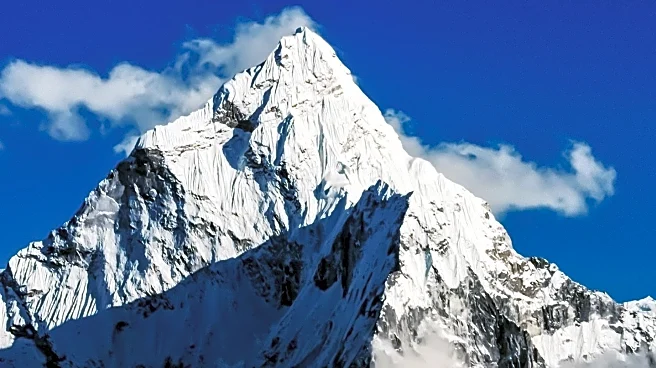What's Happening?
A snowstorm has trapped hundreds of hikers at tourist campsites on Mount Everest's Tibetan side. Rescuers, including villagers with oxen and horses, are working to clear paths and assist the stranded hikers. The snowstorm coincided with a national holiday in China, leading to a higher number of visitors in the area. The hikers are trapped at elevations exceeding 16,000 feet, with reports of tents being crushed by the snow. The situation is further complicated by the challenging terrain and continuous snowfall.
Why It's Important?
This event underscores the dangers of high-altitude trekking and the need for robust emergency response systems. The tourism industry in the region may face increased scrutiny regarding safety measures and the management of natural disasters. The incident also highlights the potential impact of climate change on weather patterns, which can lead to more frequent and severe weather events. The safety of tourists and the preparedness of local authorities are critical in maintaining the region's appeal as a trekking destination.
What's Next?
Rescue operations are ongoing, with efforts focused on ensuring the safe descent of all trapped hikers. The incident may lead to a reassessment of safety protocols and emergency preparedness in high-altitude tourist areas. Authorities may consider implementing stricter guidelines for trekking during adverse weather conditions. The tourism industry may need to adapt to changing weather patterns by enhancing safety measures and providing better information to visitors.

